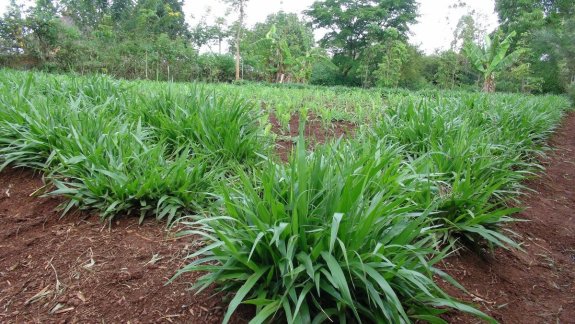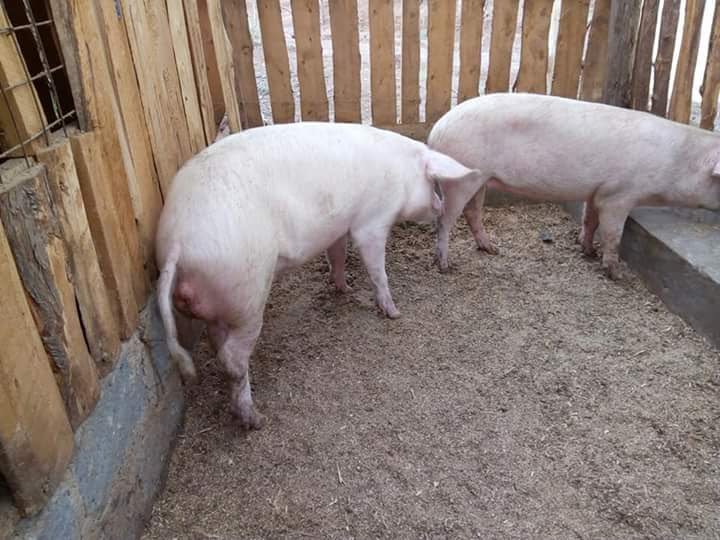- Details
- Category: Health
- By Dr. Tom Juma
- Hits: 7077
Important bacterial diseases of poultry
There are five important bacteerial diseases of poultry which the poultry farmer should always be aware of because they can devastate the flock if left unchecked. These include the following:
Fowl Cholera (Avian Pasteurellosis)
This is a contagious septicaemia (caused by Pasteurella multocida) that affects all types of fowls. It is often transmitted by wild birds or other domestic birds, and spreads by contamination of the feed or water and by oral or nasal discharges from infected birds. The incubation period is four to nine days, but acute outbreaks can occur within two days of infection. In some cases, birds die within a few hours of showing the first signs, which vary depending on the form of the disease.
The respiratory form is characterized by gasping, coughing and sneezing, while in the septicaemic form there is diarrhoea with wet grey, yellow, or green droppings. In the localized form, the signs are lameness and swelling of legs or wing joints.
In acute cases, the head and comb change colour to dark red or purple. If the infection is localized in the region of the ears, a twisted neck (torticolis) can sometimes be observed.
In chronic cases, the comb is usually pale, with swellings around the eyes and a discharge from the beak or nostril. Fowl Cholera is common everywhere among free-range village flocks, because they are comprised of different species and are in continuous contact with wild birds.
Pullorum (Bacillary White Diarrhoea)
This is an egg-transmitted disease (caused by Salmonella pullorum) that spreads during incubation or just after hatching. White diarrhoea can be seen from three days to several weeks of age. The chicks refuse to eat, keep their heads tucked in and their wings hanging down. They huddle together and make a peeping sound. Mortality in the acute form ranges from 20 to 80 percent, and in the chronic form is around five percent.
In the chronic form, the signs are a marked swelling of the hock joints, poor feather development, lack of appetite and depression.
Fowl Typhoid
Fowl typhoid is caused by Salmonella gallinarum, and commonly affects adult fowls. When it occurs in young birds, the signs are similar to those of S. pullorum. The incubation period is four to five days, and two days later the birds become depressed and anorexic. The colour of the comb and wattles becomes dark red; the droppings become yellow and the birds close their eyes and keep their heads down. Usually the affected chickens die within three to six days. Pullorum and fowl typhoid complex are both prevalent under free-range conditions
Avian Salmonellosis (Paratyphoid)
Salmonellosis is usually used to describe infection with any organism of the Salmonella group other than S. pullorum or S. gallinarium. In countries with intensive poultry systems, poultry meat and eggs are a major source of infection for humans. The opposite may be true of family poultry, with humans infecting poultry.








Comments